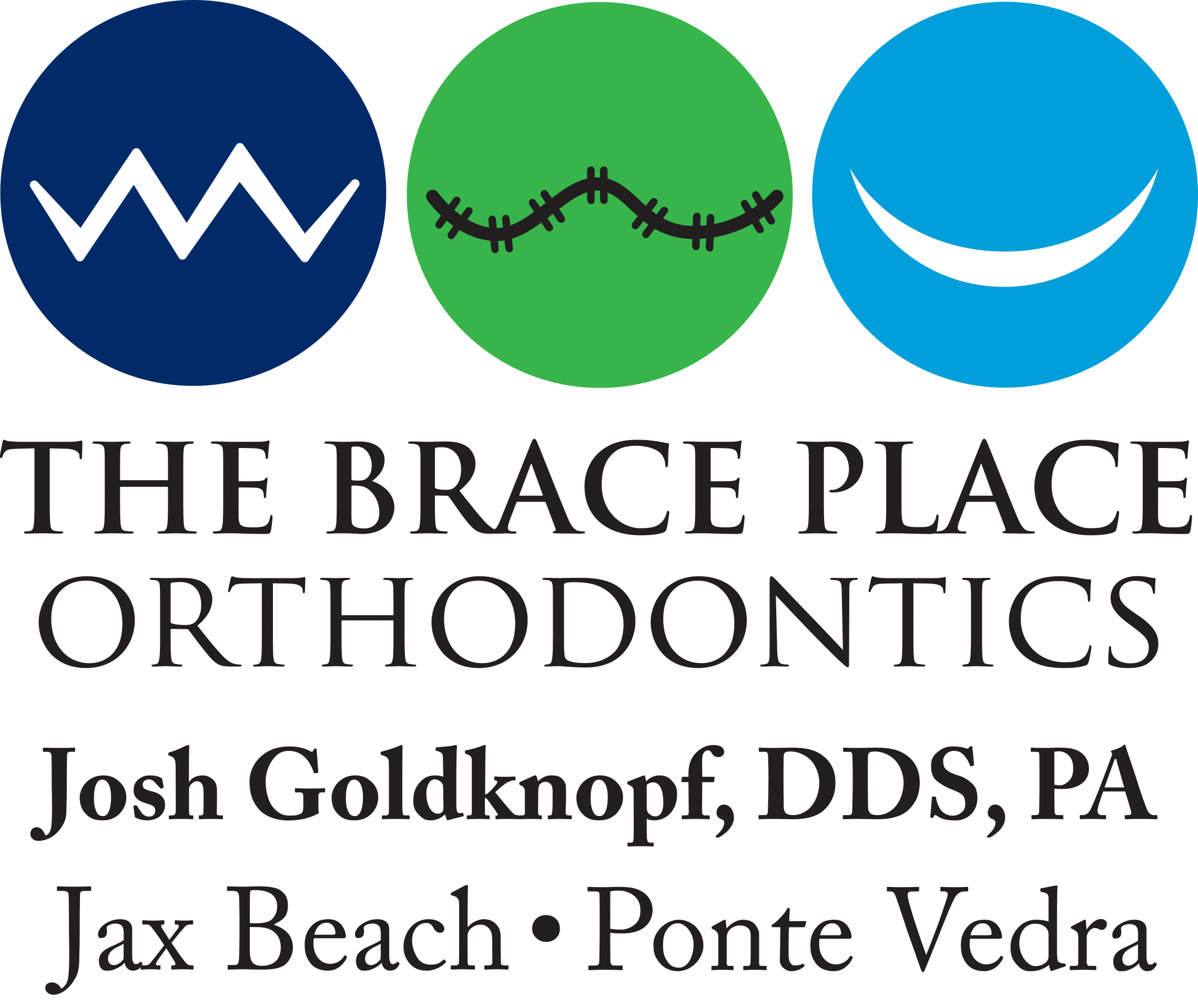Nearly all kids can benefit from orthodontic treatment. Properly aligned teeth are a critical part of oral health, reducing the risk of decay and damage. But when is the right time for orthodontic treatment? Braces are typically associated with teens, but in many cases it is beneficial to begin orthodontic care at an earlier age.
Two-phase orthodontics is a treatment strategy that is completed in stages. The first phase typically occurs somewhere between the ages of 7 and 10, and the second phase between 11 and 14. This method offers many advantages for children with specific orthodontic issues.
Learn more about this specialized treatment option from The Brace Place Orthodontics.
What is Two-Phase Orthodontics and How Does it Work?
For some children orthodontic treatment is more effective when it is split into two phases. Not all children will need two-phase treatment, but for those that do, here’s how it works.
- Phase 1: Early Intervention. For children with severe bite misalignment, early intervention can guide growth and development to help minimize problems. This may include oral appliances like palatal expanders to make more room for crowded teeth. The first phase typically begins when there are still primary (baby) teeth in place.
- Phase 2: Comprehensive Treatment. The second phase of orthodontic treatment will often occur a few years later when the child has all or most of their permanent teeth in place. The focus of the second phase is to straighten the teeth and align the bite. Phase 2 treatment is often shorter due to the early intervention provided during the first phase.
Why is Two-Phase Orthodontics Recommended for Some Kids?
When severe orthodontic issues are present early, it is beneficial to begin treatment at an earlier age. Common issues include:
- Bite misalignment: overbite, underbite, cross bite, or open bite
- Crowded teeth due to small jaws
- Growth discrepancies in the jaw
If your child has signs of these problems by the age of 7 or 8, early intervention may be recommended.
Benefits of Early Intervention
- Prevention. Early orthodontic treatment can prevent more severe issues later as the child grows.
- Improved oral health. Correcting problems now improves current oral health, reducing the risk of decay and damage to the teeth.
- Avoid invasive procedures. Early intervention can prevent the need for more invasive procedures, such as jaw surgery or tooth extractions.
- Shorter treatment time in phase 2. Children that have phase 1 treatment will typically have a shorter phase 2 treatment duration.
Signs Your Child Might Need Two-Phase Orthodontics
If your child exhibits any of the following, it may be time for an orthodontic evaluation.
- Difficulty chewing or biting
- Misaligned teeth or jaws
- Mouth breathing
- Thumb-sucking
- Speech issues
What to Expect During Two-Phase Treatment
Two-phase treatment typically occurs in the following steps:
Step 1: Evaluation. Around the age of 7 or 8 an evaluation should be done to determine if there is a need for early intervention.
Step 2: Phase 1 treatment. If early treatment is needed, phase 1 begins. This may include partial braces, palatal expanders, or other oral appliances.
Step 3: Resting period. In many cases there will be a period of time following phase 1 with no active treatment. Retainers or space maintainers may be worn during this time.
Step 4: Phase 2 treatment. When the time is right, usually when all of the primary teeth have been shed and the permanent teeth are in place, phase 2 treatment begins. This will typically include braces or clear aligners.
Step 5: Retention. The final stage of treatment is retention. Retainers will need to be worn to maintain treatment results.
Frequently Asked Questions About Two-Phase Orthodontics
When should my child have their first orthodontic evaluation?
The American Association of Orthodontics recommends that all children have an orthodontic evaluation by the age of 7. However, if you or your dentist notice signs of orthodontic issues, an evaluation can be performed at an earlier age.
Is Two-Phase Orthodontics good for all children?
Not all children will need two-phase orthodontics. In fact, the majority of children will not need any early intervention. However, yearly monitoring appointments are helpful to determine when and if treatment is needed.
Schedule an Evaluation Today
To determine if two-phase orthodontics would be beneficial for your child, schedule a complimentary evaluation with The Braces Place Orthodontics. We will assess your child’s needs and make a recommendation for treatment that will achieve the best results. Contact us today to make an appointment at one of our two convenient locations.
The Brace Place Orthodontics provides comprehensive treatment for children and adults in Jacksonville Beach, Ponte Vedra Beach, and the surrounding communities. With a range of treatment options available, we are dedicated to transforming smiles for a lifetime of oral health and confidence. Contact us today to learn more and schedule an appointment.


